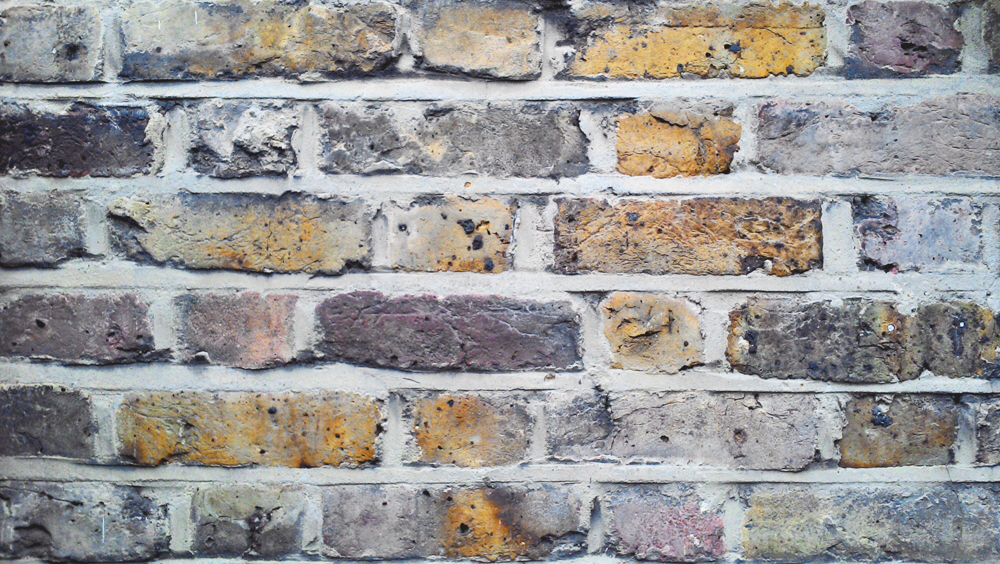Exterior wall
Contents |
[edit] Introduction
An exterior wall typically forms part of a building envelope, separating the accommodation inside from that outside. Its functions include:
- Environmental control – mediating between indoor and outdoor conditions.
- Security.
- Privacy.
- Fire control.
- Aesthetics.
It may include openings allowing access and ventilation and glazing to allow light in and views out. In loadbearing construction such as masonry, the exterior wall may also provide support to the combined dead, imposed and wind loads of the roof and floor construction and convey them to the foundations.
In a framed structure, the external walls may be non-loadbearing and are therefore relieved of any upper floor and roof loadings. However, they are normally self-supporting and are designed to resist wind loads, prevent the spread of fire and accommodate thermal movements.
Joints accommodating thermal movements may be required if long, uninterrupted wall lengths are involved.
[edit] Materials
Exterior walls can be made from a wide variety of materials either singly or in combination with other materials. These can include:
- Masonry such as stone, brick and block.
- Concrete.
- Timber.
- Metal cladding.
- Glass, metal or timber panels.
- GRP/GRC cladding.
- Terracotta.
For more information see: Types of wall and Cladding.
[edit] Construction systems used to build exterior walls
Various construction systems can be used to build external walls, including:
- Loadbearing – using stone, bricks and blocks, or reinforced concrete. Timber is used for log cabin construction.
- Framed – the exterior wall can be located around the structure, inside (thereby exposing the structure) or as infill panels located within the depth of the frame itself. Irrespective of the plane it is in, the exterior wall in these situations is usually referred to as ‘cladding’. These types of exterior wall wrap around the building’s structure, are typically non-loadbearing and serve as an aesthetic and climatic component. Tied back to the structure, they can be made of facing bricks, concrete blocks, timber panels, glass, plastic and other lightweight materials. For more information see: Cladding.
- Rainscreen – a thin façade made of metal, terracotta or other panel type is attached to a lightweight frame which is itself bolted to the building structure. In appearance, it is not usually possible to tell that the result is a façade of relatively little thickness. There is usually a ventilation gap between the back of the facing panel and the face (or inner wall) of the building. Rainscreens provide an opportunity to retrofit insulation to existing buildings. For more information see: Rainscreen.
[edit] Related articles on Designing Buildings Wiki
Featured articles and news
RTPI leader to become new CIOB Chief Executive Officer
Dr Victoria Hills MRTPI, FICE to take over after Caroline Gumble’s departure.
Social and affordable housing, a long term plan for delivery
The “Delivering a Decade of Renewal for Social and Affordable Housing” strategy sets out future path.
A change to adoptive architecture
Effects of global weather warming on architectural detailing, material choice and human interaction.
The proposed publicly owned and backed subsidiary of Homes England, to facilitate new homes.
How big is the problem and what can we do to mitigate the effects?
Overheating guidance and tools for building designers
A number of cool guides to help with the heat.
The UK's Modern Industrial Strategy: A 10 year plan
Previous consultation criticism, current key elements and general support with some persisting reservations.
Building Safety Regulator reforms
New roles, new staff and a new fast track service pave the way for a single construction regulator.
Architectural Technologist CPDs and Communications
CIAT CPD… and how you can do it!
Cooling centres and cool spaces
Managing extreme heat in cities by directing the public to places for heat stress relief and water sources.
Winter gardens: A brief history and warm variations
Extending the season with glass in different forms and terms.
Restoring Great Yarmouth's Winter Gardens
Transforming one of the least sustainable constructions imaginable.
Construction Skills Mission Board launch sector drive
Newly formed government and industry collaboration set strategy for recruiting an additional 100,000 construction workers a year.
New Architects Code comes into effect in September 2025
ARB Architects Code of Conduct and Practice available with ongoing consultation regarding guidance.
Welsh Skills Body (Medr) launches ambitious plan
The new skills body brings together funding and regulation of tertiary education and research for the devolved nation.
Paul Gandy FCIOB announced as next CIOB President
Former Tilbury Douglas CEO takes helm.
UK Infrastructure: A 10 Year Strategy. In brief with reactions
With the National Infrastructure and Service Transformation Authority (NISTA).























